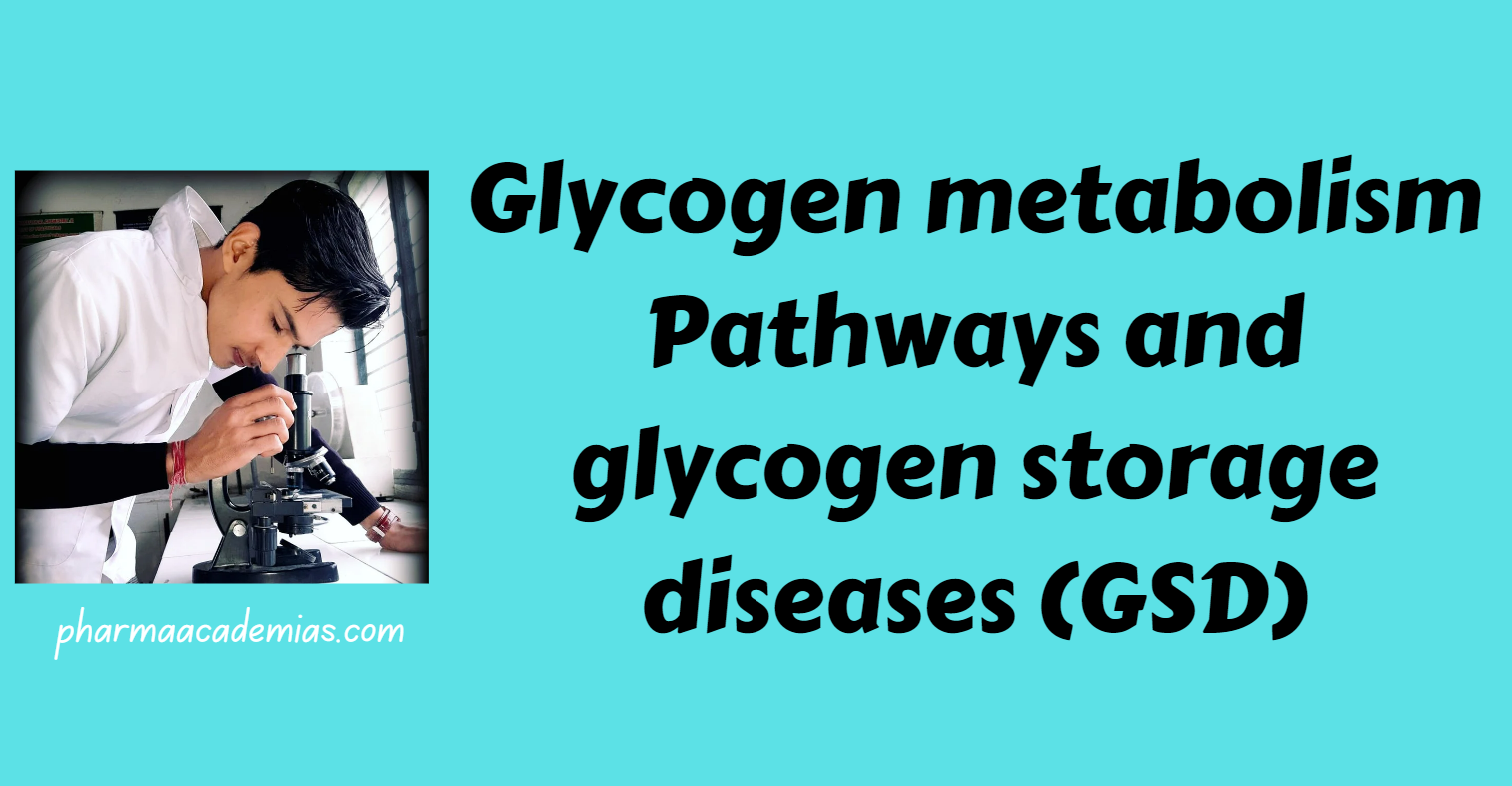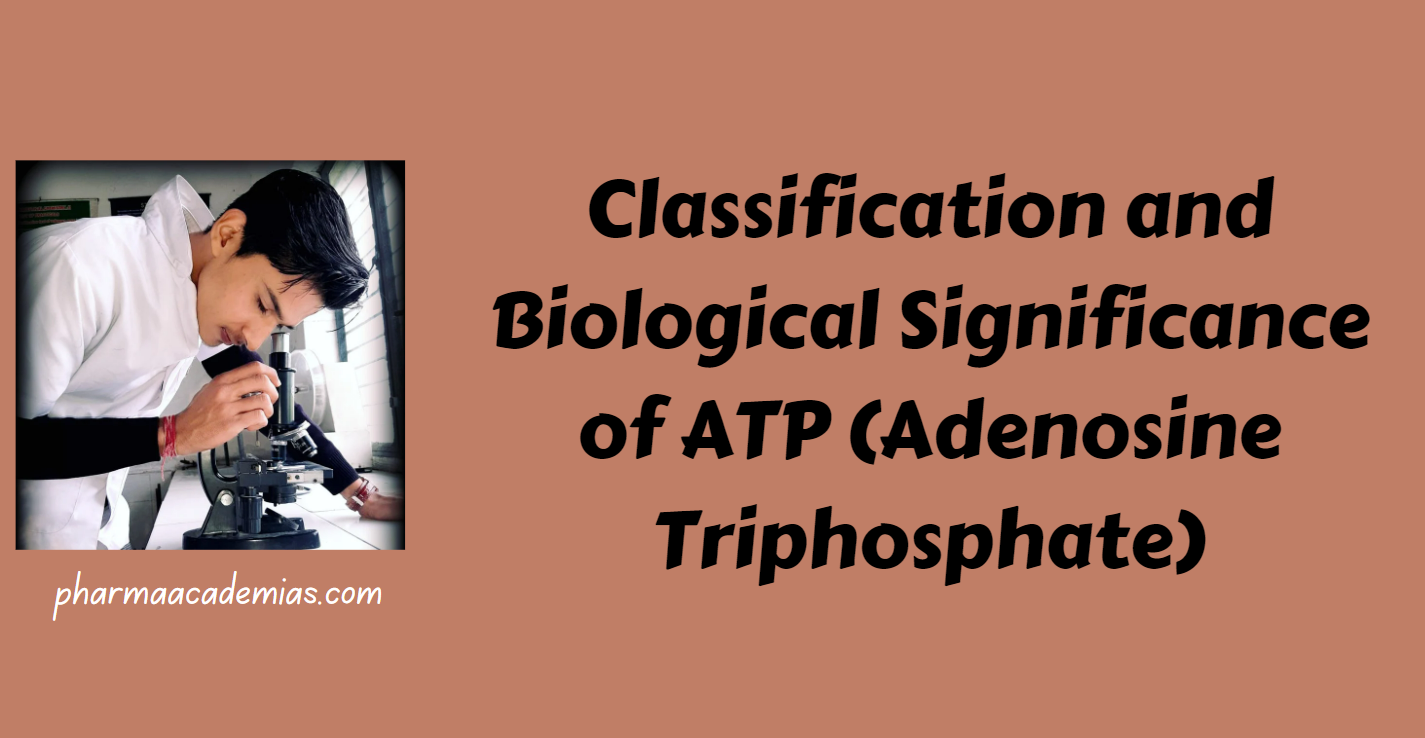The regulation of blood glucose levels is a complex and tightly controlled process involving several hormones. The two primary hormones responsible for maintaining blood glucose homeostasis are insulin and glucagon, both produced by the pancreas. 1. Insulin Source: Produced by beta cells in the pancreas. Function: Stimulates glucose uptake by …
Glucose-6-Phosphate Dehydrogenase (G6PD) Deficiency
1. Introduction Definition: Glucose-6-Phosphate Dehydrogenase (G6PD) deficiency is a genetic disorder characterized by a deficiency or dysfunction of the enzyme G6PD, which plays a crucial role in the Pentose Phosphate Pathway (PPP). Inheritance: Typically inherited as an X-linked recessive trait, affecting males more frequently than females. 2. Role of G6PD …
Pentose Phosphate Pathway (Hexose Monophosphate Shunt)- Pathway, energetics and significance
1. Introduction Definition: The Pentose Phosphate Pathway (PPP), also known as the Hexose Monophosphate (HMP) Shunt, is a metabolic pathway that operates alongside glycolysis, providing alternative routes for glucose metabolism. Purpose: The pathway serves both anabolic and catabolic functions, producing NADPH for biosynthetic processes and generating pentose sugars crucial for …
Citric Acid Cycle (Krebs Cycle or Tricarboxylic Acid Cycle): Pathway, energetics and significance
1. Introduction Definition: The citric acid cycle is a central metabolic pathway that takes place in the mitochondrial matrix, serving as a hub for the oxidation of acetyl-CoA derived from various nutrient sources. Key Molecules: The involvement of tricarboxylic acids often earns the citric acid cycle the name TCA (Tricarboxylic …
Gluconeogenesis: Pathway, energetics and significance
Gluconeogenesis is a metabolic pathway that involves the synthesis of glucose from non-carbohydrate precursors, primarily occurring in the liver and, to a lesser extent, in the kidneys. This biosynthetic process is crucial for maintaining blood glucose levels during fasting, starvation, or low-carbohydrate intake when glucose becomes limited. Gluconeogenesis reverses several …
Glycolysis: Pathway, energetics and significance.Glycolysis
1. Introduction Glycolysis Definition: Glycolysis is a central and universal metabolic pathway occurring in the cytoplasm of cells, where a molecule of glucose is enzymatically broken down into two molecules of pyruvate. This multi-step process involves both the investment and generation of ATP, with the overall goal of producing energy …
Classification and Biological Significance of Cyclic AMP (cAMP)
1. Classification Chemical Nature: Cyclic AMP (cAMP) is a cyclic nucleotide derived from ATP. It comprises an adenine base, a ribose sugar, and a cyclic phosphate group. Formation: The enzyme adenylate cyclase catalyzes the cyclization of ATP, forming cAMP. Second Messenger: cAMP is classified as a second messenger, as it …
Classification and Biological Significance of ATP (Adenosine Triphosphate)
1. Classification Chemical Nature: ATP is a nucleotide derivative composed of three components: Adenine: A nitrogenous base. Ribose: A five-carbon sugar. Triphosphate Group: Three phosphate groups linked together. Energy Storage: ATP is classified as an energy carrier or high-energy compound due to high-energy phosphate bonds. 2. Biological Significances Energy Currency …










